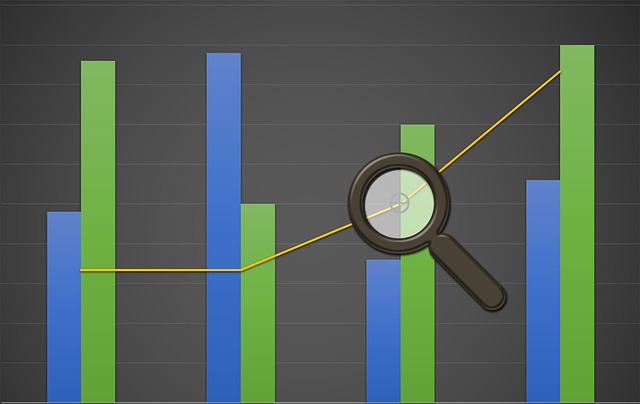Investing in stock futures can be highly profitable, but it can come with some risk, too. Here are some things you need to know about stock futures so you can get started taking advantage of the market.
What Are Stock Futures?

Image via Pixabay by Dede
Stock futures are contracts that traders and investors purchase that obligate them to supply or take delivery of a tangible asset in the future. Stock futures or futures contracts allow investors to buy and sell these commodities and assets for a specific price on a certain day in the future. No matter which direction the stock market futures move, the buyer and seller agree to the price and date they set.
Pros and Cons of Stock Futures
One beneficial aspect of trading futures contracts is the ability to speculate on price changes. This means assessing the future direction in the prices of the assets you trade. Secondly, you can hedge your investments to protect against downward trends in price direction. Another benefit of investing in futures contracts is the cost. Typically, you’ll only need to put down a fraction of the entire price of the stock. This margin usually falls somewhere between 2% to 12% of the stock’s purchasing price.
The risk involved is one of the drawbacks of trading stock futures because you can risk losing more than you invested for the initial margin. Another drawback to futures is the volatility of the futures market, where significant drops in the direction of stock prices could mean missing out on selling at favorable prices.
Trading Futures Contracts
Start with an online trading platform where you can find an experienced broker to help you get started. Then, practice speculating and hedging futures in a trading simulator. As you learn the operations, you can start making real trades. You’ll need a brokerage account where you can make regular deposits to put down as your margins. Then, it’s all about watching the market’s performance and gauging your position.
How Are Stock Futures Regulated?
The Commodity Futures Trading Commission (CFTC) regulates the futures markets to ensure the integrity of pricing in these markets. CFTC’s regulation also includes the prevention and protection against abusive and fraudulent trading practices and monitoring brokerage firms that engage in stock futures trading.
Example of Calculating Stock Futures Prices
Use the formula below to calculate the future expected price of the stock futures you’re trading:
Expected value = (your next yearly dividend)/(return – growth rate). Here’s an example of how this would work:
Assume stocks from a company have a current yearly dividend of $5. The company has increased its dividends at a rate of 7% per year, meaning your next yearly dividend will be $5.35, with a total average return rate of 10%. Use these values in the formula:
Expected value = ($5.35)/(0.10 – 0.07)
With these numbers, the expected value of the stock will be about $178.33. This means that $178 should be the maximum price you pay for the stock if you expect a 10% return. This is important data to have because it can help you find more profitable choices.
Ultimately, futures trading can highly beneficial for diversifying your portfolio and making some passive income. Get started in futures trading with the right tools for success.
